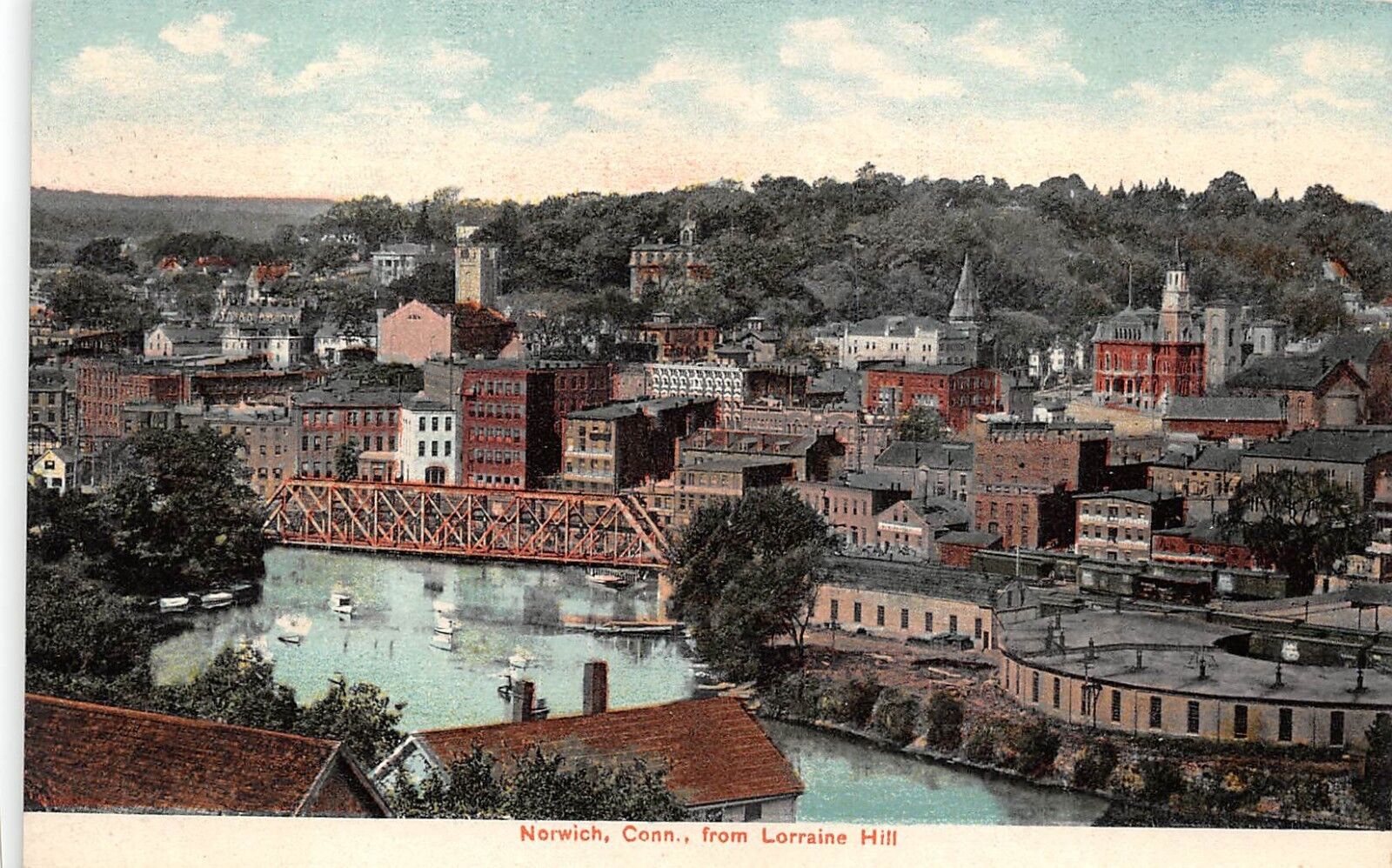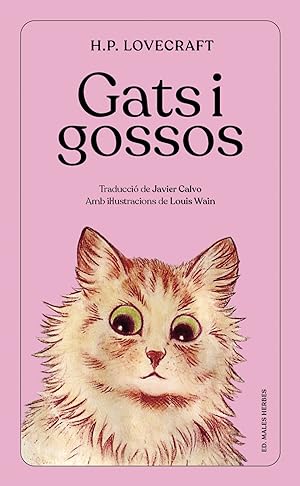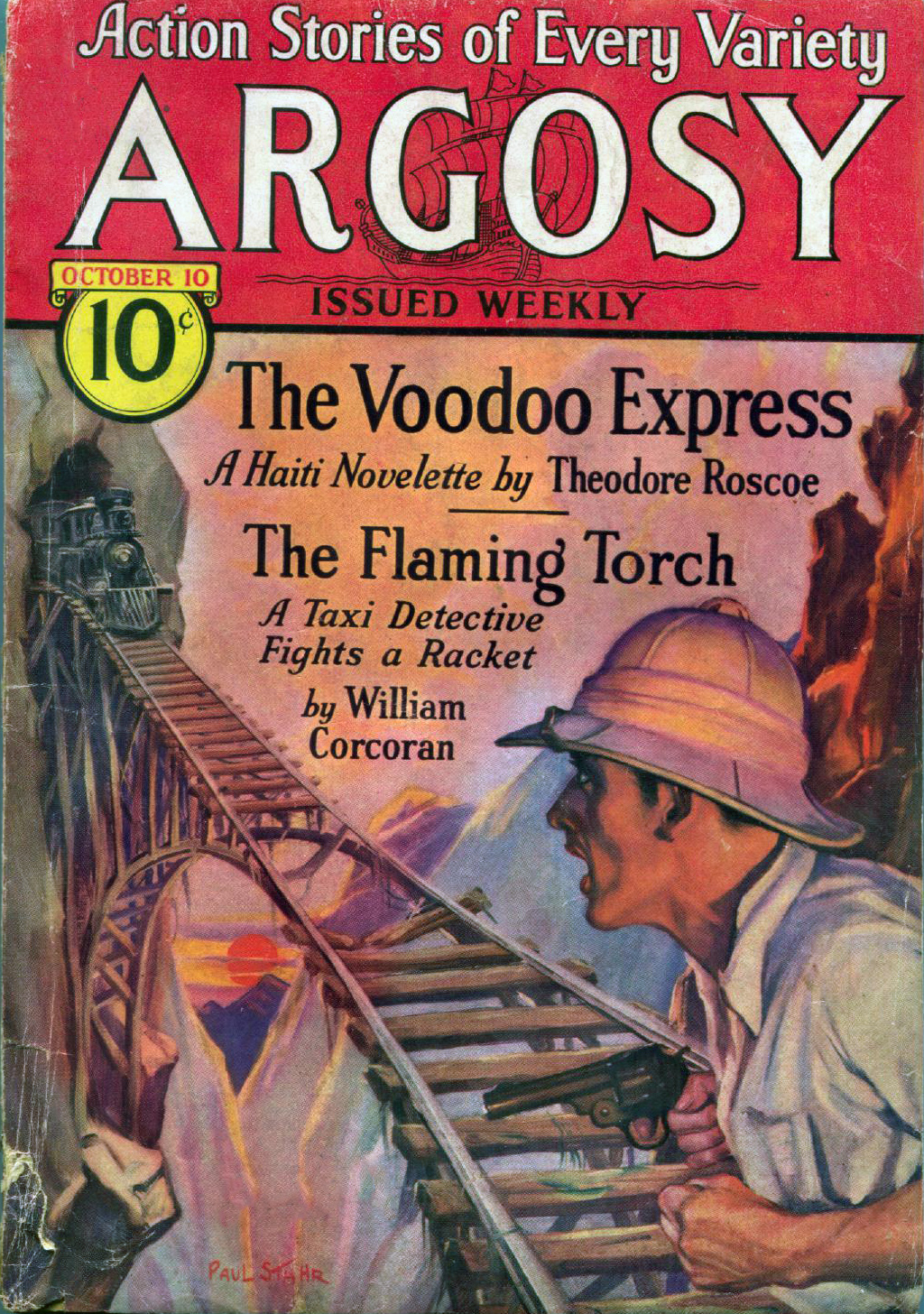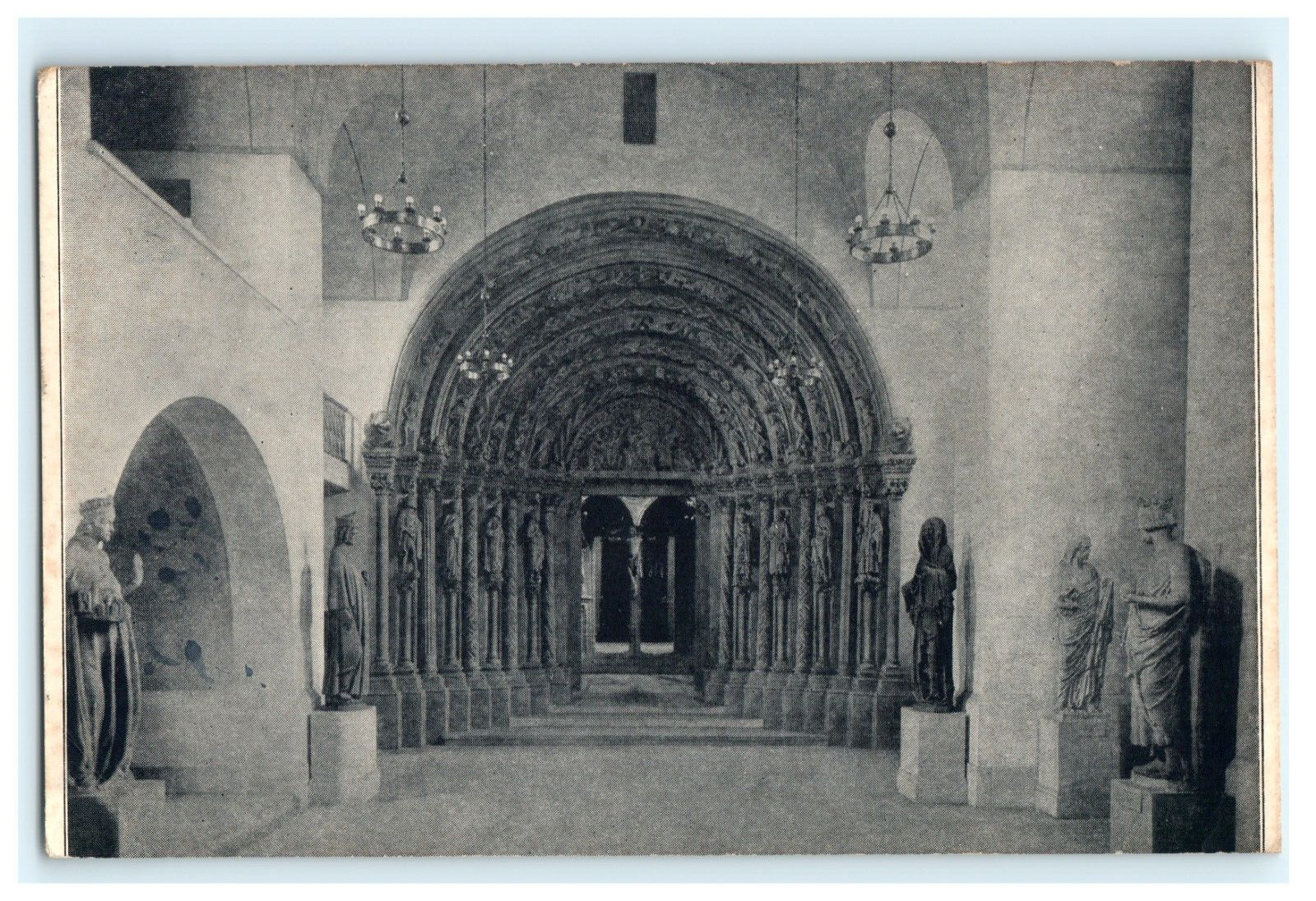Letters to Wilfred B. Talman – the fourth set of notes:
My fourth set of notes on the book of Lovecraft’s Letters to Wilfred B. Talman and Helen V. and Genevieve Sully. These notes cover letters from July 1931 to May 1932. Lovecraft is still writing to Talman, at this point in the book.
Page 180. A mis-transcription or perhaps a sleepy ‘slip of the pen’. I’d suggest that “retroactivity” should, for sense, read “radioactivity”…
It would take radioactivity to do that [i.e. fully awaken him in time to catch the 9am coach departure] after the Rip van Winkle coma from which I’ve just emerged.
At that time, radioactivity could still be thought of as a personal tonic rather than a deadly poison.
Page 180. It’s July 1931 and he has apparently only just learned the trick of pressing his trousers by putting them under the mattress in a hotel. He learned it from a “comic picture”, which might mean a comic-strip, a cartoon or even an animated short at the cinema. I seemed to recall he said somewhere he learned it from Arthur Leeds or Everett McNeil, but apparently not.
Page 182. 10th September 1932. Steam pipes and radiators are being fitted at Barnes St., at last. There was apparently no such heat before, and I seem to recall that even afterwards the pipes did not extend to certain upper visitor rooms.
Page 183. Talman has sent Lovecraft a card with “proof symbols” on it, which will be “invaluable” for proof reading. It’s interesting that Lovecraft had not used these before October 1931, despite his extensive revising and proof reading work. But perhaps it was the card that was “invaluable”, rather than the already-known symbols.
Pages 186-87. In late October he writes of a visit to Norwich, “an ineffably fascinating old town on the steep terraces that rise over the river Thames”. The story “The Shadow Over Innsmouth” is written a few weeks later, and thus perhaps Norwich played a small part in building the atmosphere of Innsmouth? Norwich, USA, is 25 miles SW of Providence, at the end of a long navigable inlet from the sea.
Page 187. Lovecraft is obviously familiar with the painted cat postcards of Wain.
Fittingly, in Spain the translation of Lovecraft’s “Cats and Dogs” has a Wain cat on the cover.
Page 189. He hears a public lecture at Brown from Willem de Sitter, on the new discoveries about the size of the universe. Sitter speaks ably and with good English.
Page 191. Talman was contributing articles to Seabury Quinn’s magazine.
Page 191. His friend Cook’s library is now gone, “due to his financial collapse”. It seems that the collector who the gang called ‘The Colossus of the North’ had been forced to sell most of his collection as the Great Depression deepened.
Page 191. Lovecraft recommends the rare book Dealings With The Dead by Sargent, on funeral, burial and mortuary practices through history.
Page 192. “My breakfast each morning consists of doughnuts & cheese … 365 days a year” except when in ‘nut-free places. He states the ‘nuts were always shop-bought, never home-made.
Page 193. Talman had sent Lovecraft the Argosy issue with the headlining “Voodoo Express” story. Lovecraft read it and partly approved… “it does pack a punch at intervals. That train alone is worth anybody’s dime.” Lovecraft wants to see the book The Cat in the Mysteries of Religion and Magic.
Page 205. Lovecraft is attending the Marshall Woods public lecture series at Brown.
Page 205. Lovecraft had a direct ancestor, son of Mike Phillips I, who built… “Mowbra Castle (still standing) near Wickford”. This is not the Wickford in Ireland, so there is no connection to the story “The Moon Bog”. The place is described thus…
In Belleville, still on the Post Road, stands the Phillips house, known as “Mowbra Castle”. It was probably built about 1695-1700 by Michael Phillips, who came from Newport. Its plan somewhat resembles that of the Arnold house at Moshassuck, but the chimney is nearly square, and the fireplace in the side room is at an angle of ninety degrees with that in the main room.” (Early Rhode Island Houses).
Page 209. Rimel’s horror tale “The Curse Wheel” was set in the “Ramapaugh” region. The story appears to be lost.
Page 209. Lovecraft has been tipped off that a New York City magazine called Weird Whispers might be a market.
Page 210. Lovecraft has visited the “Germanic Museum” in Boston, and urges Talman to see the Romanesque interior. This was a large and well-funded teaching museum dedicated to illustrating the civilised arts, created from early medieval times onwards, by the nations of “Germany, Holland, Switzerland, Scandinavia, England (and later Australia)”. It opened in 1921, and was especially known for its fine replicas of some of the most treasured medieval carvings and sculpture.







No, that is DEFINITELY “retroactivity”: https://repository.library.brown.edu/studio/item/bdr:425625/
Maybe he meant to write “radioactivity”? A rare slip of the pen, in a sleepy moment?
No, “retroactivity” makes perfect sense in the context. HPL is so late that had he tried to catch the 9 o’clock bus only retroactivity could have got him there.